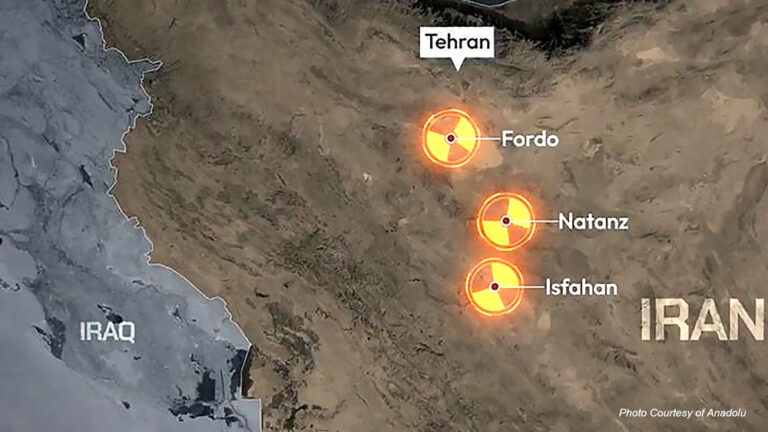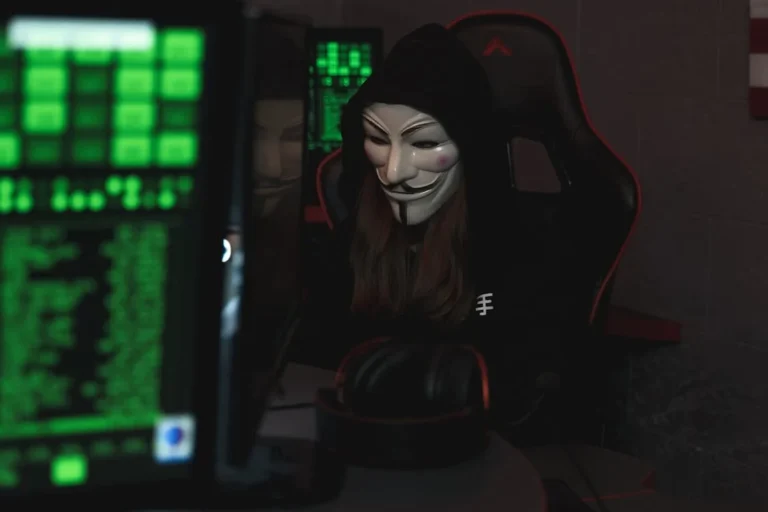A satellite that will test technology to detect ripples in space-time left by colliding black holes launches tonight.
The European Space Agency’s LISA Pathfinder blasts off at 4:04 a.m. GMT Thursday (11:04 p.m. ET Wednesday). It’s designed to make test measurements for a technique that will be used to detect gravitational waves — something in which scientists are greatly interested.
What’s all the excitement about? Here’s what you need to know.
What are gravitational waves?
Albert Einstein’s general theory of relativity predicts that ripples in space-time will be produced by massive objects when they change shape in time — for example, when neutron stars or black holes collide.
Those ripples, called gravitational waves, will propagate through space-time at the speed of light.
So far, gravitational waves have never been detected.
What would gravitational waves be like?
Normally, space-time is “flat” like the surface of a lake when there’s no wind, says Harald Pfeiffer, Canada research chair in numerical relativity and gravitational wave astrophysics at the University of Toronto’s Canadian Institute for Theoretical Astrophysics.
In flat space-time, two light beams travelling parallel to each other will never intersect.
If you drew a straight line on the surface of a lake and then threw a stone into the water, producing waves, that might cause the line to curve.
The same thing happens with space-time when a gravitational wave passes through, Pfeiffer says.
“It also curves and has … wiggles that affect how light moves through space and time and everything else, for that matter.”
That could cause two light beams that were originally parallel to cross paths. Observing things like that could provide information about the event that produced the gravitational waves, the way water waves tell you about the size and shape of the object that was thrown into the lake.
Why are scientists so excited?
We’ve been able to learn a tremendous amount about the universe from electromagnetic waves or light. We can see things far away in space using telescopes and detect things we can’t see using invisible light ranging from radio waves to X-rays.
But there are amazing phenomena we can’t normally detect because they don’t give off light, such as two black holes colliding, says Luis Lehner, a researcher who studies such systems at the Perimeter Institute for Theoretical Physics in Waterloo, Ont.
“We’re about to turn on a new detector to look at the heavens,” he adds. “We have no idea what we might get to see.”
Lehner says that detecting gravitational waves would also help us tell if Einstein’s general theory of relativity is really correct. Without being able to detect gravitational waves, there’s no way to test the theory’s predictions for most extreme cases of gravity.
Another big advantage of gravitational waves is they aren’t blocked or scattered by objects the way light is. That makes them “pristine or exquisite carriers of information” about the event that produced them, Lehner says.
Why are gravitational waves so hard to detect?
Scientists have been trying to detect gravitational waves for about 30 years.
But it’s difficult because they don’t interact with matter the way light does.
“They go through us, so to speak, without being disturbed,” Lehner said.
Depending on what their source is, their frequency also varies. And any given detector can only detect certain frequencies of gravity waves, just like our eyes can only see visible light and not the full range of electromagnetic radiation.
How do scientists hope to detect gravitational waves?
As gravity waves pass by, they perturb space-time so that light takes a slightly longer time to travel between two objects, says Pfeiffer.
To us, that makes it look like the distance between the two objects is changing slightly.
Pfeiffer is involved with a ground-based gravitational wave detector called the Laser Interferometer Gravitational-Wave Observatory (LIGO). It uses lasers to measure and look for tiny changes in the distance between two mirrors several kilometres apart.
The LISA Pathfinder will use lasers to measure precisely and compare the motion of two different masses in free fall.
Once it has been tested, that technology will be put into three satellites in a triangle formation a million kilometres from each other called the eLISA mission. It will measure small changes in the distance between the satellites to detect gravitational waves. However, eLISA itself won’t be launched until 2034.
LIGO and eLISA will detect different frequencies of gravitational waves. LIGO will be able to detect waves made by smaller objects like neutron stars and smaller black holes up to 500 times the mass of our sun. More massive objects like colliding super-massive black holes, up to a million times the mass of the sun, will be detectable with eLISA.
Pfeiffer said Canadian scientists are also trying to detect gravitational waves by their effect on objects called pulsars.
Both Pfeiffer and Lehner predict that given the sensitivity of today’s detectors, there’s a good chance that gravitational waves will be detected in the next few years.(Emily Chung)
Link: http://www.cbc.ca/news/technology/lisa-pathfinder-waves-1.3347724



